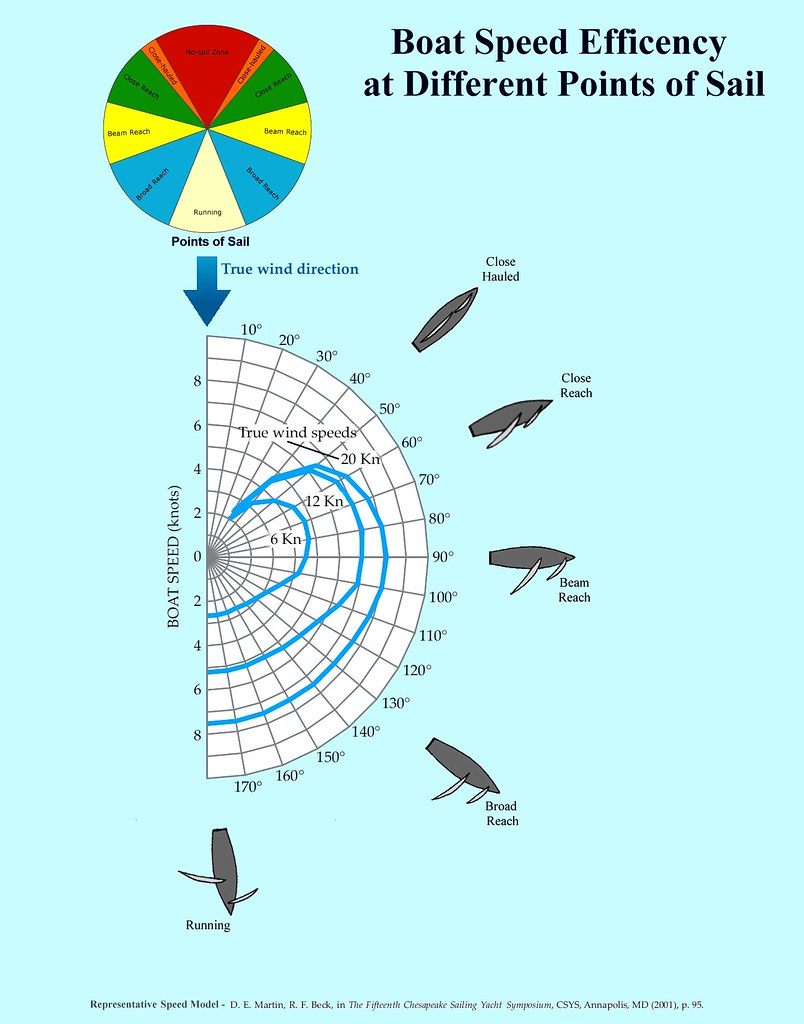I purchased a Sunfish clone and have been sailing twice. It's been 15 years since I last sailed. I've been very pleased with how well things have come back to me. My second outing was in brisk winds, I kept better control of the boat than I expected.
I have a couple of questions, though:
1) I'm struggling with sailing upwind. Am I correct that you want to pull the sail in as much as possible when sailing upwind? My big struggle is figuring out the best angle to sail into the wind. I never feel like I can find that sweet spot that gives you speed but also gives you a good angle into the wind. With the sail pulled in, I vary the angle, but I just can't seem to get into a groove. I must look like I'm drunk.
2) I'm also struggling with trimming the sail itself. I just don't feel like it's always trimmed right. I know that I'm supposed to pull it in just past the point where it luffs, but I'm not really noticing much luff in the sail. There is no such thing as having the halyard too tight, it there? Perhaps lateen sails luff less because they are flat. In my defense, I sail in very hilly terrain, and the hills come right up to the lake. The wind changes direction depending on what part of the lake you are in. It makes learning somewhat challenging.
3) What benefit would I get from a wind vane? Will it help with trimming the sail? How do you use a wind vane?
Thanks a lot!
I have a couple of questions, though:
1) I'm struggling with sailing upwind. Am I correct that you want to pull the sail in as much as possible when sailing upwind? My big struggle is figuring out the best angle to sail into the wind. I never feel like I can find that sweet spot that gives you speed but also gives you a good angle into the wind. With the sail pulled in, I vary the angle, but I just can't seem to get into a groove. I must look like I'm drunk.
2) I'm also struggling with trimming the sail itself. I just don't feel like it's always trimmed right. I know that I'm supposed to pull it in just past the point where it luffs, but I'm not really noticing much luff in the sail. There is no such thing as having the halyard too tight, it there? Perhaps lateen sails luff less because they are flat. In my defense, I sail in very hilly terrain, and the hills come right up to the lake. The wind changes direction depending on what part of the lake you are in. It makes learning somewhat challenging.
3) What benefit would I get from a wind vane? Will it help with trimming the sail? How do you use a wind vane?
Thanks a lot!






 every so often, I would have to re-secure it.
every so often, I would have to re-secure it. 
